Water damage is one of the most common and costly problems property owners face. Whether it’s a burst pipe, a leaking roof, or a flooded basement, water can wreak havoc on your home or business faster than you might expect.
In this blog post, we’ll explain what water damage is, what causes it, the signs to watch for, and—most importantly—what steps to take if you’re dealing with it.

What Is Water Damage?
Water damage refers to any destruction or loss caused by water intruding into a space where it shouldn’t be. Left unaddressed, it can lead to serious structural issues, mold growth, and even long-term health concerns.
Common Causes of Water Damage
Understanding where water damage begins is key to preventing it. Here are the most frequent culprits:
- Leaking or burst pipes
- Appliance malfunctions (dishwashers, washing machines, water heaters)
- Roof damage or poor drainage
- Clogged gutters and downspouts
- Natural flooding or heavy rainfall
- Sewage backups
The Dangers of Ignoring Water Damage
Water damage isn’t just about visible water. Moisture can seep deep into walls, flooring, and foundations. Ignoring it can result in:
- Mold and mildew within 24–48 hours
- Warped wood and compromised drywall
- Electrical hazards
- Weakened structural integrity
- Musty odors and air quality problems
How to Spot Water Damage Early
Not all water damage is obvious. Here are some warning signs to look for:
- Peeling paint or wallpaper
- Discoloration or stains on walls and ceilings
- Buckling or warping of floors
- A musty or damp smell
- Visible mold growth
- Higher-than-usual water bills
If you notice any of these signs, it’s time to investigate further—or better yet, call in a professional.
Steps to Take After Water Damage
If you’re experiencing water damage, follow these steps:
1. Stop the source – Shut off the water supply if possible.
2. Ensure safety – Turn off electricity in affected areas if there’s standing water.
3. Document the damage – Take photos for insurance purposes.
4. Call a restoration professional – Time is critical. A certified team can stop further damage, remove water, and begin drying immediately.
5. Contact your insurance company – They’ll guide you through your policy and claims process.
Why You Should Hire a Water Damage Restoration Expert
While it might be tempting to clean up water damage on your own, professionals offer:
- Industrial-grade drying and dehumidifying equipment
- Mold prevention and remediation
- Damage assessment and repairs
- Insurance claim support
Certified technicians know how to detect hidden moisture, prevent secondary damage, and restore your property thoroughly and safely.
Prevention Tips: How to Protect Your Property
While not all water damage can be avoided, these steps can help lower your risk:
- Regularly inspect pipes and appliances
- Clean gutters and downspouts seasonally
- Seal windows and doors properly
- Install a sump pump in flood-prone areas
- Insulate exposed pipes before winter
- Use water detection devices for early alerts
Final Thoughts
Water damage can happen fast—but recovery is possible with the right team by your side. The most important thing is acting quickly to minimize the damage, protect your property, and safeguard your health.
If you’re facing water damage now or want to prepare before disaster strikes, our team is here to help.
📞 Call us today for a free consultation or 24/7 emergency water damage restoration services.

